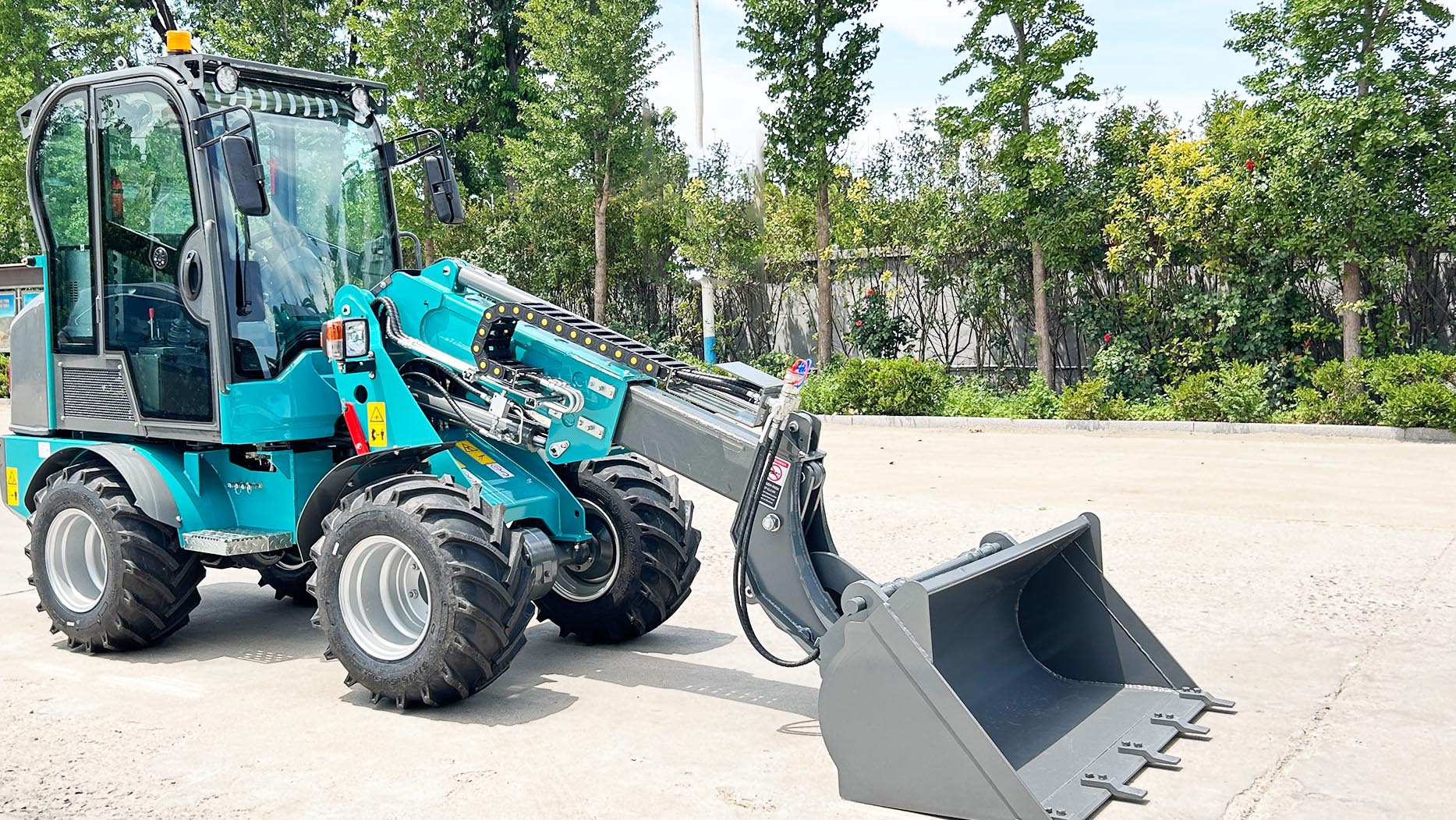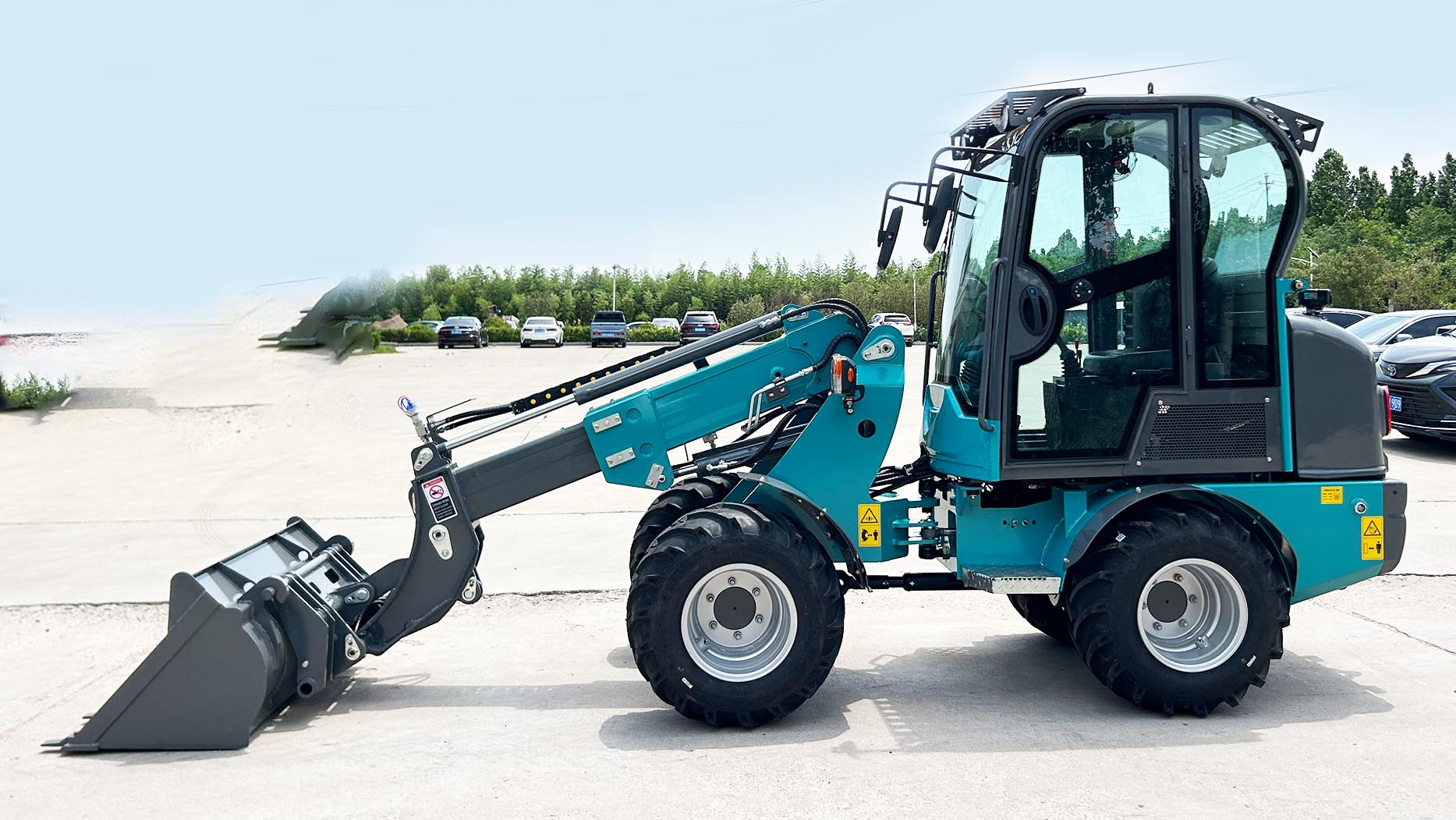Investing in a wheel loader is a significant decision for any business involved in construction, mining, agriculture, waste management, or material handling. These versatile machines are the backbone of operations requiring the efficient movement of bulk materials. However, with a wide array of wheel loaders for sale on the market, from compact mini wheel loader models to massive industrial powerhouses, navigating the options can be daunting. Choosing the right wheel loader isn't just about finding one within your budget; it's about optimizing productivity, ensuring efficiency, and maximizing your return on investment over the machine's lifespan.
A well-chosen wheel loader becomes an indispensable asset, seamlessly integrating into your workflow and delivering consistent performance. Conversely, a poor choice can lead to inefficiencies, unexpected costs, and project delays. This guide will walk you through the essential considerations to help you select the perfect wheel loader for your specific needs.
1. Define Your Primary Applications and Material Types
The very first step is to clearly outline the main tasks your wheel loader will perform and the materials it will handle. This foundation will dictate the necessary size, power, and features.

What materials will you be moving?
Is it light, loose material like mulch, snow, or grain?
Is it dense and heavy, such as sand, gravel, or soil?
Is it extremely abrasive, like rock, ore, or demolition debris?
Is it irregularly shaped or difficult to handle, like logs or scrap metal?
Impact: Different material densities and abrasiveness require specific bucket sizes, bucket types (e.g., general purpose, heavy-duty, rock, light material), and often, different levels of breakout force and lift capacity.
What are the primary tasks?
Loading dump trucks or hoppers? (Requires good lift height and reach)
Stockpiling material? (Requires good stability and sometimes higher lift)
Grading or pushing material? (Requires good pushing power and potentially specific bucket edges)
Feeding crushers or batch plants? (Requires continuous operation and consistent flow)
Cleaning up a job site? (Versatility with attachments is key)
Impact: Understanding the primary tasks will guide your choice of lift path (radial vs. vertical), horsepower, and the need for auxiliary hydraulics for various skid steer attachments.
What is the expected volume and frequency?
Will the loader be used intermittently or continuously for long shifts?
What are the daily/weekly material volumes to be moved?
Impact: High volume and continuous operation demand more robust machines, superior fuel efficiency, and quick cycle times, justifying a higher initial investment.
 2. Determine the Right Size and Capacity
2. Determine the Right Size and CapacityWheel loaders come in a wide range of sizes, each suited for different scales of operation.
Mini Wheel Loader (Operating Weight typically under 10,000 lbs):
Best for: Residential landscaping, small construction projects, nurseries, farms, snow removal in confined areas, and jobs requiring high maneuverability in tight spaces.
Pros: Lower acquisition cost, excellent maneuverability, reduced ground disturbance, easier transport.
Cons: Limited lift capacity and reach, less power for heavy digging.
Consider a mini wheel loader if: Your access is restricted, loads are lighter, and you need agility.
Compact to Medium Wheel Loader (Operating Weight 10,000 - 30,000 lbs):
Best for: General construction, municipal work, industrial yards, medium-sized agricultural operations, and material handling in transfer stations. This is the most common and versatile segment.
Pros: Good balance of power, lift capacity, maneuverability, and cost. Highly adaptable with various attachments.
Cons: May still be too large for extremely confined spaces or too small for very high-volume, heavy-duty tasks.
Consider this size if: You need a versatile workhorse for a variety of common tasks.
Large to Production Wheel Loader (Operating Weight 30,000 lbs+):
Best for: Mining, quarrying, large infrastructure projects (dams, highways), large-scale waste management (landfills), and any application requiring massive material movement and continuous, heavy-duty operation.
Pros: Maximum power, breakout force, lift capacity, and reach. Built for extreme durability and high uptime.
Cons: Significantly higher acquisition and operating costs, limited maneuverability in tight spaces, expensive to transport.
Consider this size if: Your operation involves high volumes of heavy material, constant loading of large haul trucks, and demanding conditions.
 Research Brands, Dealer Support, and Total Cost of Ownership
Research Brands, Dealer Support, and Total Cost of OwnershipThe manufacturer you choose impacts reliability, technology, resale value, and crucially, after-sales support.
Premium Brands (Caterpillar, Komatsu, John Deere, Volvo, Liebherr, Case): These brands consistently offer high-quality, durable, and technologically advanced wheel loaders for sale. They typically have extensive global dealer networks, ensuring excellent parts availability, skilled service technicians, and strong resale values. They command a higher initial price.
Value and Emerging Brands (MYZG, ZGLOADER, SANY, LiuGong, Hyundai, Doosan): Brands like MYZG and ZGLOADER are increasingly competitive, offering new wheel loaders for sale at more accessible price points. While their initial cost is lower, it's essential to research their build quality, features, and crucially, the availability and responsiveness of their local dealer support for parts and service in your region. Many of these brands have significantly improved in recent years, making them viable options for budget-conscious buyers who still need reliable performance, often featuring a robust wheel loader diesel engine.
Dealer Network and Support: This cannot be overstressed. A strong local dealer provides:
Parts Availability: Minimizes downtime for repairs.
Service Technicians: Qualified mechanics who can quickly diagnose and fix issues.
Training: Support for operator and maintenance training.
Financing Options: Often offer competitive financing or leasing programs.
Total Cost of Ownership (TCO): Look beyond the purchase price. Consider:
Fuel Consumption: Evaluate fuel efficiency based on typical usage.
Maintenance Costs: Factor in routine servicing, parts (filters, fluids, tires), and potential major repairs.
Resale Value: How well the machine is expected to hold its value over time.
The Buying Process: Test Drives and Inspections
Once you've narrowed down your options, take these final steps:
Get Multiple Quotes: Don't settle for the first offer. Compare prices, warranties, and service packages from different dealers.
Test Drive/Demo: If possible, operate the actual model you're considering. Feel the controls, assess visibility, and gauge its power for tasks similar to what you'll be doing. This is especially important for a mini wheel loader where maneuverability is key.
Read Reviews and Talk to Current Owners: Gain insights from other professionals who own and operate the models you're considering.
Understand the Warranty: Know exactly what's covered and for how long.
In conclusion, choosing the right wheel loader is a strategic investment that hinges on a comprehensive understanding of your operational needs and the market offerings. By thoroughly assessing your applications, determining the appropriate size (from mini wheel loader to heavy-duty), considering the power source (typically wheel loader diesel), evaluating key features, planning for attachments, and meticulously researching brands like MYZG and ZGLOADER alongside their dealer support, you can make an informed decision. This meticulous approach ensures you acquire a wheel loader that not only fits your budget but also drives maximum efficiency and productivity for years to come.
Post time:Jun.25.2025
